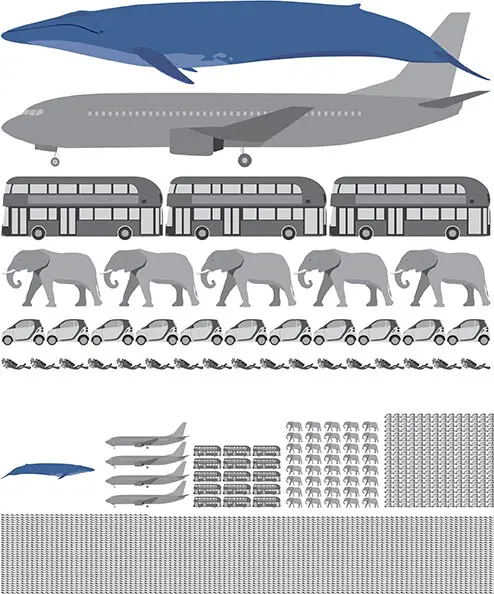Animal Ancestry P1: "I whale miss having legs..."
Welcome ladies and gentlemen to the first installment in my Animal Ancestry blog, where I tell you about the theoretical ancestors of animals we know and love today!
I thought I should go big for the very first one, and there's nothing bigger than a whale! Well, except a skyscraper. Or like, one of those huge battleships. Or the Epcot ball...

Whales are widely known to be gargantuan creatures, with the largest species of whale, the blue whale, reaching a maximum of 30 meters long. That's about 100 feet long, with about 200 tons worth of blubber. Their tongues can weigh up to an elephant, while their hearts are just as much as a an average car. In conclusion, the blue whale is the largest creature ever to exist. Well, that we know of...

Although whales have been around for a very long time, remains of a 50 million year old pig-like mammal found in India suggest that wasn't always the case. Indohyus, meaning "India's pig", was both terrestrial and aquatic, meaning it pranced both on land and on the sea floor.
Surprisingly, the key relation between Indohyus and whales today are actually their front teeth, implying the mammal was a herbivore, and would actually dive and wade in water to avoid predators rather than search for food. These qualities are common in hippos too, which also implies that they are the closest living relatives to whales. A very distant relative though. Like, a cousin thrice-removed. Crazy right?
With a new environment comes new food, so Ambulocetidae abandoned its previous generations' herbivorous diet and became a carnivore, preying on fish, crustaceans, and small mammals. Nowadays, whale diets depend on the species but they all love krill apparently.











Comments
Post a Comment